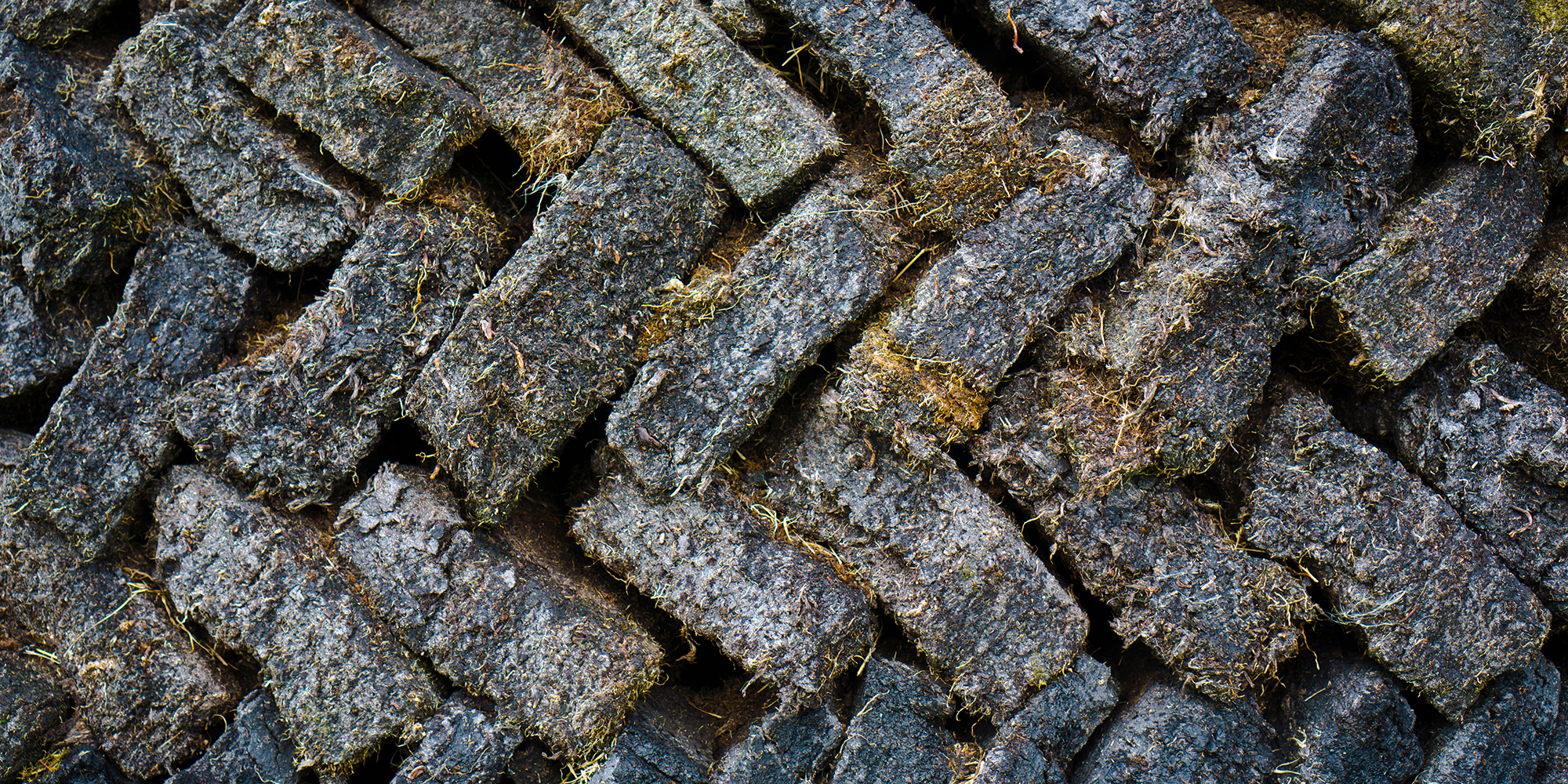Peat: A Distillation

Peat Elite member Dr Mike Billett joins us as a guest writer with a muse and subject that you might be familiar with: peat. In a six-part series, Mike will be taking us on a journey into the bogs, looking at the history of peat, its indelible link with Scotch Whisky, and deeper still into the world of phenols. Our journey will veer into the 1970s at a time of great experimentation, with a stopover in Skye, before setting off into the future to see how the use of peat will evolve into the rest of the 21st century.
A geologist by training, Mike set out on an unconventional and sometimes unscripted path through soil and water science to become a well-known peatland scientist with a Professorship in Environmental Change. Based in Scotland, he has researched and written extensively on the peatlands of the British Isles, Scandinavia and latterly the Canadian Arctic, focusing on water quality, carbon, peatland management and environmental change.
Since retiring from the academic world, in the last 3 years he has been researching and writing a book that combines his expertise on peat with one of his passions – whisky. “Peat and Whisky” is not an academic text or a history book, but a story of landscapes, science, places, people and their whisky. It looks back to a golden age of peat and whisky, as well as forward, to a more challenging future.
Peated single malt whisky to many of us is a thing of beauty, complexity and passion, but to others it is not. Peatlands – the bogs, mosses and wet places where peat grows – also inspire a range of conflicting emotions. Creativity, curiosity, fear, greed, inspiration, longing and wonder, are all words that have been used to describe our emotional and often conflicting connection to peatlands. At one time they were regarded as Badlands – dark, mysterious, dangerous places, where strange things happened. They needed to be drained, “cured”, turned into something useful, or even removed altogether.
Peat itself is an enigmatic material that divides opinion; is it a fossil fuel like coal and oil, is it a renewable resource? What follows is a short distillation of some of the key facts about peat and peatlands. Where is it found, how does it form, what is peat anyway?
Peat is a soil – a product of nature and time. It consists of 90% water and organic matter, made up of the partially decomposed remains of plants. Apart from minor amounts of mineral material, that leave an ash when peat is burnt, that’s it. Peat started forming in the British Isles when the ice retreated 10,000 year ago on the bare rock, sand and gravel left behind. As the climate warmed, snow turned to rain and ice to water. Plants arrived and began colonising this wet, barren landscape, converting atmospheric CO2 into plant tissue using the energy of the sun. This is the process we know as photosynthesis. When plants die their tissues begin to decompose, and if the rate of decomposition is slower that the rate of plant growth, soil organic matter begins to accumulate on a year-on-year basis. Wetness and cool winters slow down the rate of decomposition and create the ideal “climate envelope” for peat formation – think the Atlantic Coast and Midlands of Ireland, much of Scotland, the flatlands that border the North Sea.
Peatlands cover 20% of the land surface of Scotland and we use the term “peat” for any soil that has a surface layer of organic matter 50cm or more in thickness. Growing at an average rate of 1mm a year, many bogs reach a thickness of 2-3m, but can reach up to 10m. While it takes thousands of years for peat growth to reach these depths, it is a geological blink of the eye compared to the 100s of millions of years it takes to form fossil fuels like coal or oil. Locked into these 1,000s of years of peat growth are strata of different plant remains, climatic evidence of the recent past and maybe a thin layer of volcanic ash or the fingerprint of humankind. Peatlands provide us with a unique record of the last 10,000 years and open a window into the past.
The American anthropologist Stuart McLean once referred to peat as “black primordial goo”. He was wrong. Peat is a remarkable material – dynamic, living, structured, variable, fragile, and to my eye, not even black. It is the most chemically complex material used in whisky making, and we are still unable to fully characterise its chemical make-up. Peat undergoes a natural maturation in a cold, dark, wet place driven by a series of biochemical processes that gradually change its nature over time. Simple compounds like sugars decompose quickly, followed by cellulose, while larger and more complex molecules like fats, waxes and lignin take much longer and preferentially accumulate over time. In terms of whisky production, the most important group are the phenolic compounds – based on various combinations of an aromatic ring of six carbon atoms. The group includes the polyphenols like lignin, large and complex macro-molecules that when burnt produce important combustion products that add smoky flavours to whisky. Deep highly decomposed peat is chemically quite different from fibrous peat found near the bog surface.
Not all peated whisky is the same and not all peat bogs are the same. Although the “bulk” of most bogs are made up of Sphagnum mosses, affectionately called the Super Mosses, plant species differ from place to place. This is a reflection of differences in local climate, water source and position in the landscape. Peat bogs in the Orkney Islands are abundant in aromatic heather, St Fergus Moss in Aberdeenshire formed from the plants of an ancient lake, the Brown Marsh Bog in the Highlands of Tasmania contains the decomposition products of Eucalyptus trees. This natural variation has the potential to produce real differences in flavour profile and is just one of the reasons why peated single malt whisky made across the world is in such a creative and exciting place.
